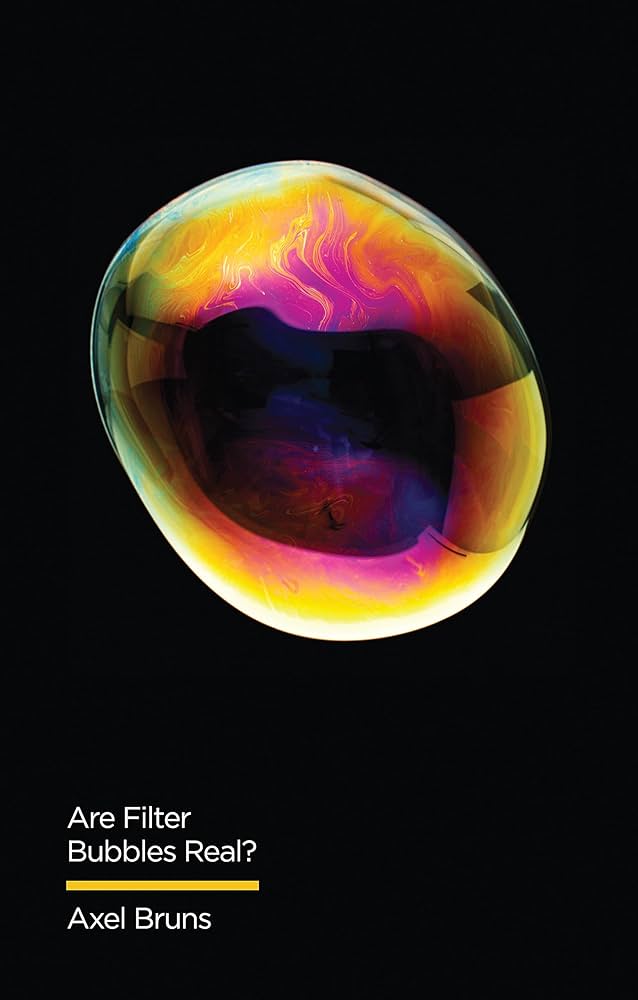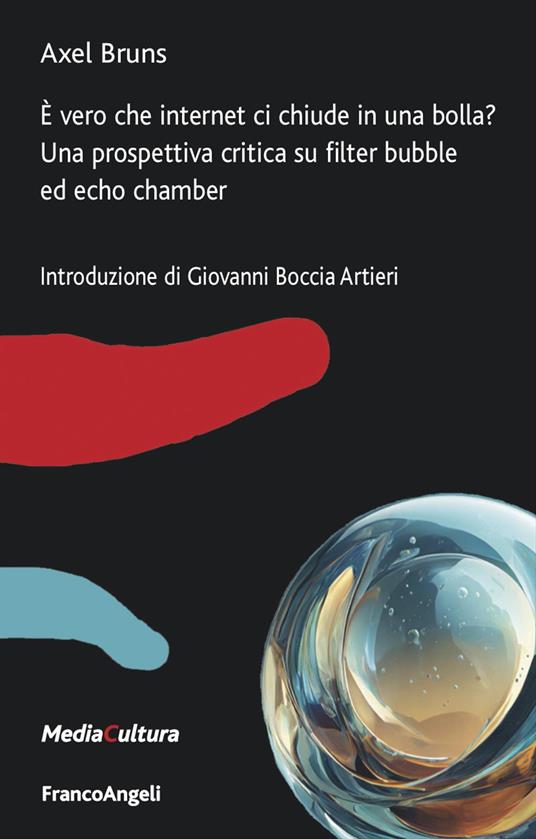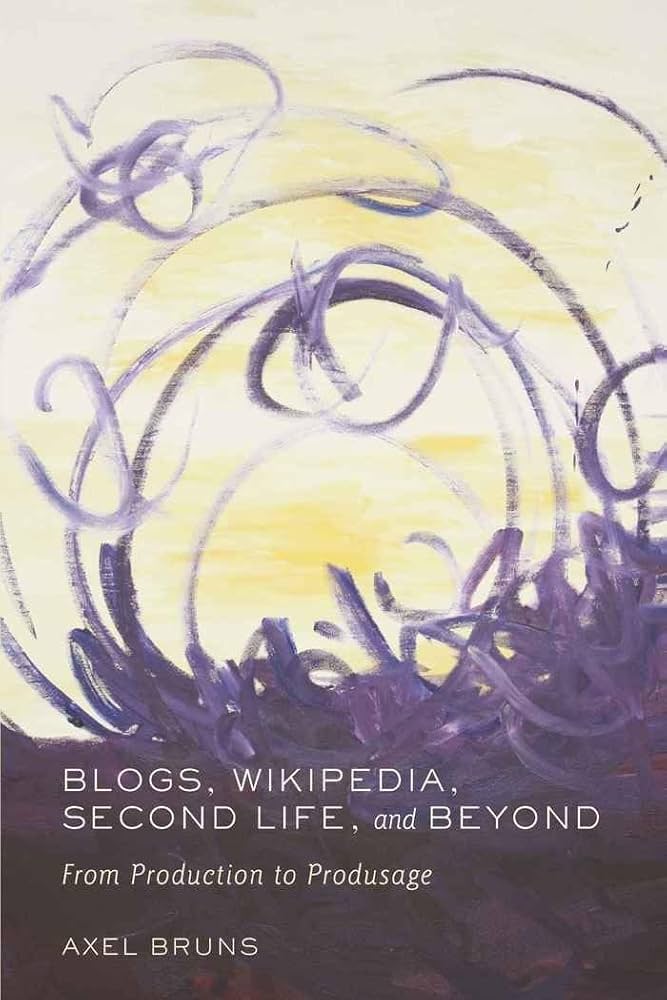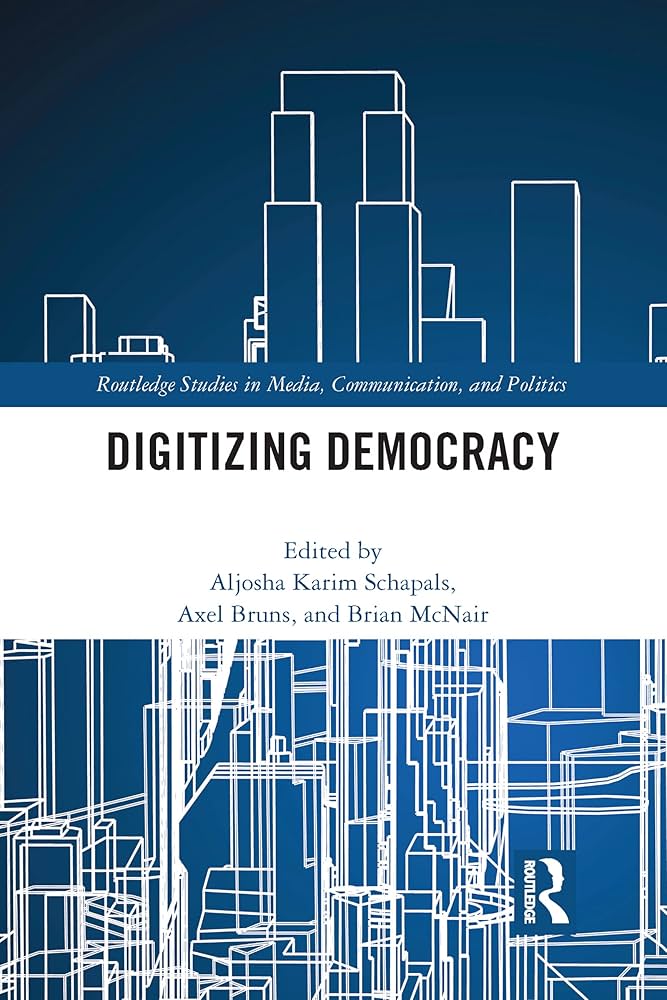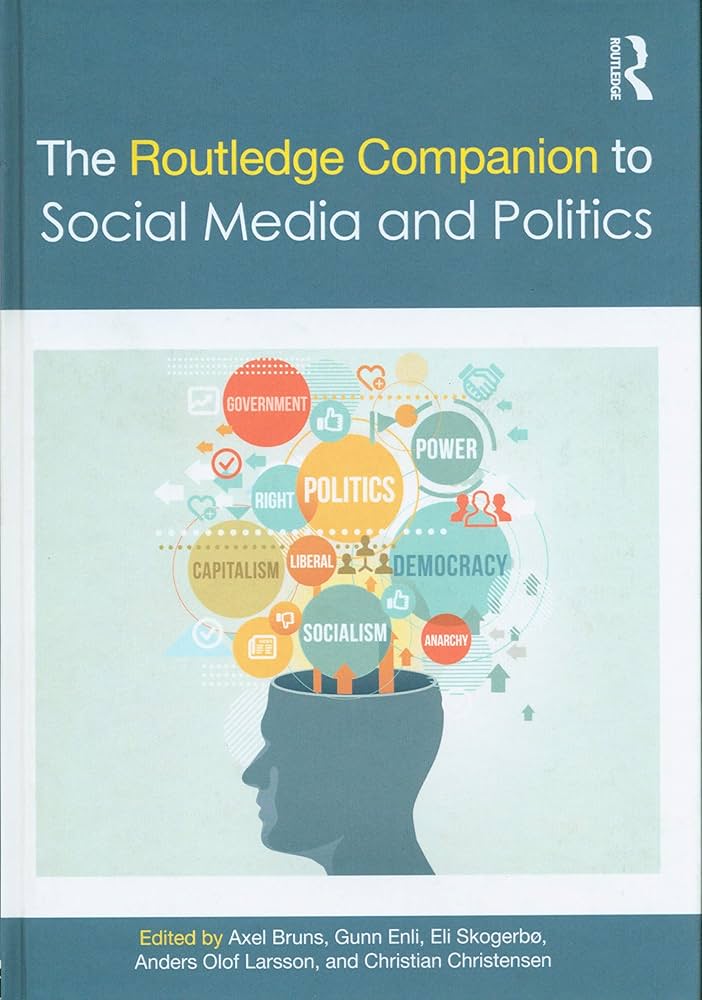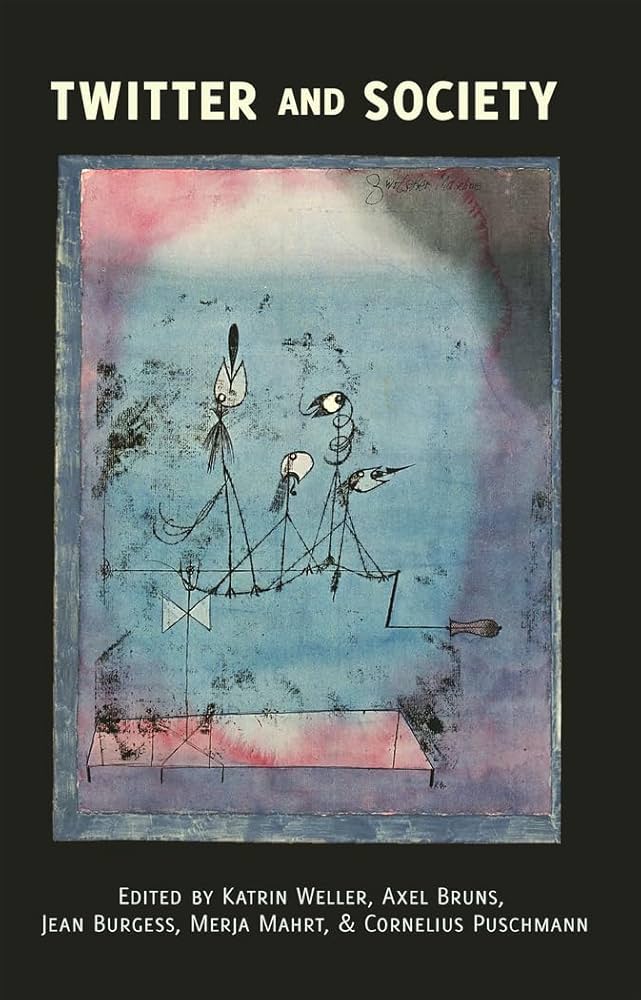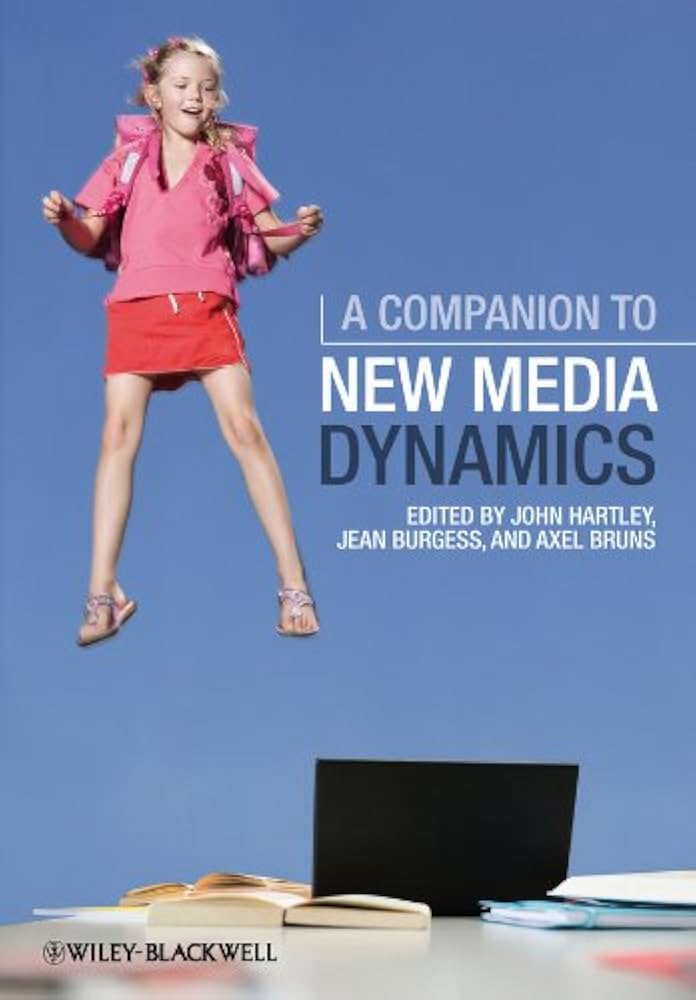The next speaker in this AoIR 2017 session is Marco Bastos, whose focus is on the Brexit referendum. He notes that a substantial number of bots were active in the Brexit debate on Twitter, yet many of these accounts disappeared immediately after the referendum. But it is also important to distinguish between different bots: there are legitimate bot developers that offer such accounts, while genuine, highly active users are sometimes also misidentified as bots.
Many bots in the referendum have disappeared, then, as have many of the URLs they shared at the time; these can now no longer be …



